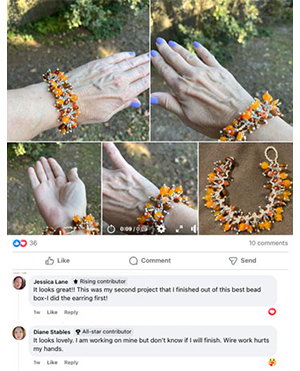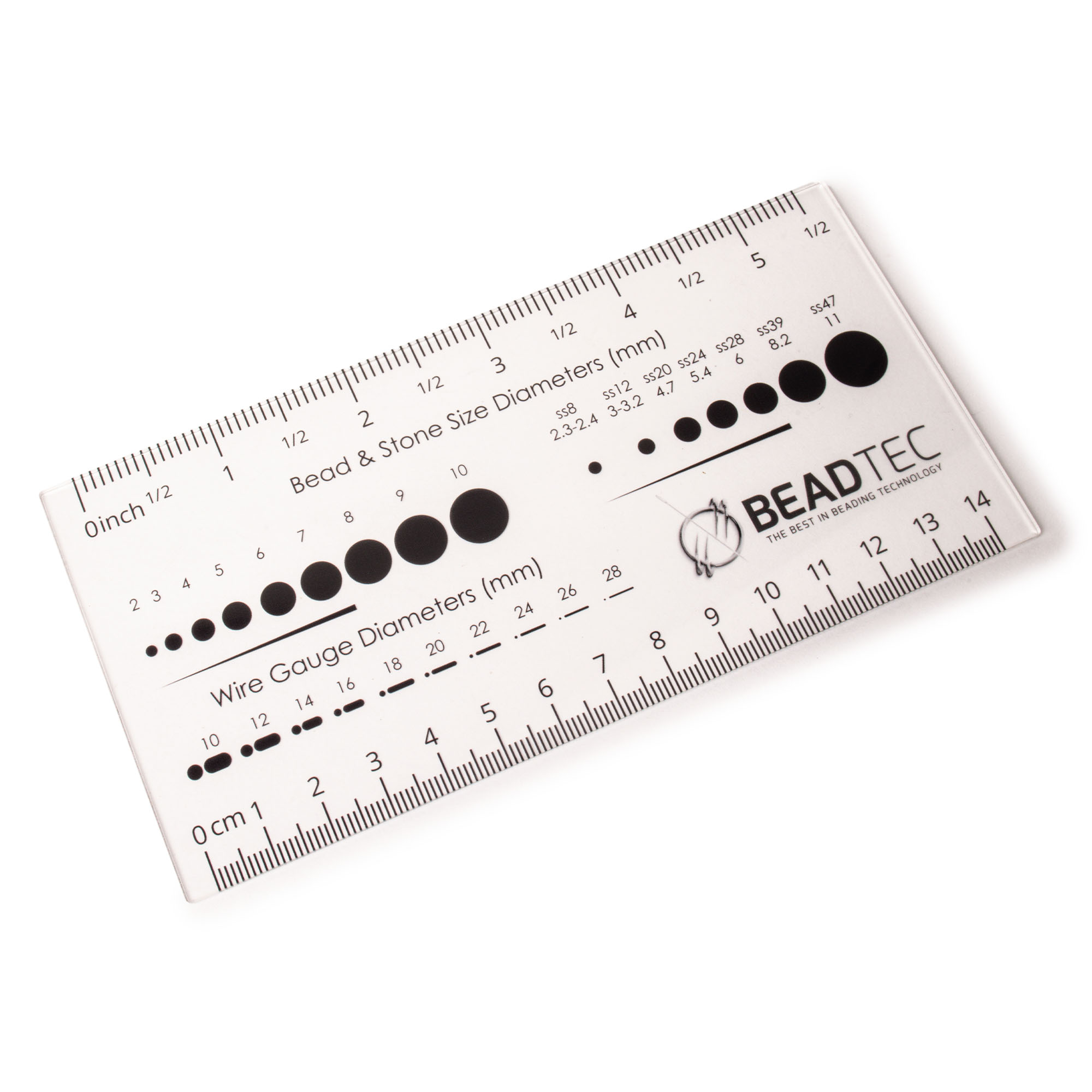- Jewelry-Making Supplies ▾
Design Jewelry with Confidence!
Seed Beads
Thread, Wire, & Stringing Materials
Athenacast Findings & Components
Everything Else
- Kits & Collections ▾
Assemble Your World
Kits & Collections
- Subscriptions ▾
Want monthly Beading Happiness?
Subscriptions
- Learn to Make ▾
Want to learn more?
- Discounts & Deals ▾
Explore Today's Promotions!
- Jewelry-Making Supplies
- Kits & Collections
- Subscriptions
- Learn to Make
- Discounts & Deals
-
Seed Beads
Thread, Wire, & Stringing Materials
Findings & Components
Everything Else
-
Kits & Collections
-
Subscriptions
- Home
- How to Make Jewelry
- Better Beader Episodes
- Learning Right Angle Weave: What's…
Learning Right Angle Weave: What's Easier 1 or 2 Needles

Watch the Video Tutorial
Watch the Video Tutorial
Need Any Extra Materials?
Need Any Extra Materials?
Need Any Extra Materials?
Need Any Extra Materials?
Episode Transcript
Episode Transcript
Introduction
Right Angle Weave (RAW) is a versatile beading technique that allows you to create intricate, dimensional designs. In this article, we'll explore the differences between using one needle versus two needles when working with RAW, based on insights from a recent Better Beader episode by Potomac Beads. Whether you're a beginner or an experienced beader, this guide will help you understand the pros and cons of each approach and determine which method works best for you.
Materials Needed
- Beading thread (e.g., Fireline, Wildfire, or K.O. Thread)
- Beading needles (size 10 or 12)
- Scissors
- Beads for your project (e.g., seed beads, crystals, or pearls)
- Bead mat or work surface
Step-by-Step Tutorial
- Thread your needle with a comfortable length of beading thread. If using the two-needle method, thread a second needle on the other end of the thread.
- Pick up four beads and pass through them to form a circle. Reinforce the circle by passing through the beads again.
- For the one-needle method:
- Pick up three beads and pass through the last bead from the previous step. Continue this process, adding units of three beads and connecting them to the previous unit.
- To step up, pass through the first two beads of the current unit and the first bead of the next unit.
- For the two-needle method:
- With one needle, pick up three beads and pass through the last bead from the previous step. With the other needle, pass through the first bead added in this step.
- Continue adding units of three beads, alternating between needles and connecting each unit to the previous one.
- To step up, pass through the first two beads of the current unit and the first bead of the next unit with both needles.
- Repeat steps 3 or 4, depending on your chosen method, until your project reaches the desired size.
- Reinforce the final row by passing through the beads again, and secure the thread with a few half-hitch knots before trimming the excess.
Customization Ideas & Inspiration
- Experiment with different bead sizes, shapes, and colors to create unique patterns and textures.
- Incorporate crystals, pearls, or other accent beads to add sparkle and dimension to your design.
- Try combining RAW with other beading techniques, such as peyote stitch or herringbone, to create more complex designs.
Conclusion
Whether you prefer using one needle or two, Right Angle Weave is a fun and rewarding beading technique to explore. By following the steps outlined in this tutorial and experimenting with different materials and variations, you'll be well on your way to creating stunning RAW projects of your own. Don't forget to share your creations with the beading community and reach out if you have any questions or need further guidance. Happy beading!
Join Our Growing Community
Join Our Growing Community




Our Testimonials
Our Testimonials
- 56302 (83.7%)
- 4846 (11.2%)
- 3320 (4.2%)
- 236 (0.5%)
- 129 (0.4%)
- Favorite Reviews
- Highest to Lowest
- Newest to Oldest
- All Ratings
- 5 ★ Reviews
- 4 ★ Reviews
- 3 ★ Reviews
- 2 ★ Reviews
- 1 ★ Reviews
Glad you have the thread burner back in stock I am enjoying learning to bead and love monthly kits. Thanks for being there to help me on utube I've made mistakes but I work myself backwards until I get to the booboo. Today it looked like a spider but I didn't stop going back through. Oh my, it is a challenge I look forward to tackling, and a new hobby as well. Thanks Allie!!
Loading...
Only Visible on Admin Mode
Item Description
Designer's Material List
Project Steps
Highest Quality
Products
100% Money
Back Guarantee
Fast
Shipping
Best Teaching &
Customer Service
You'll want these emails...
Get Free Projects & Inspiration
Get Free Projects & Inspiration
- Bullet 1
- Bullet 2
- Bullet 3
Copyright © PotomacBeads









